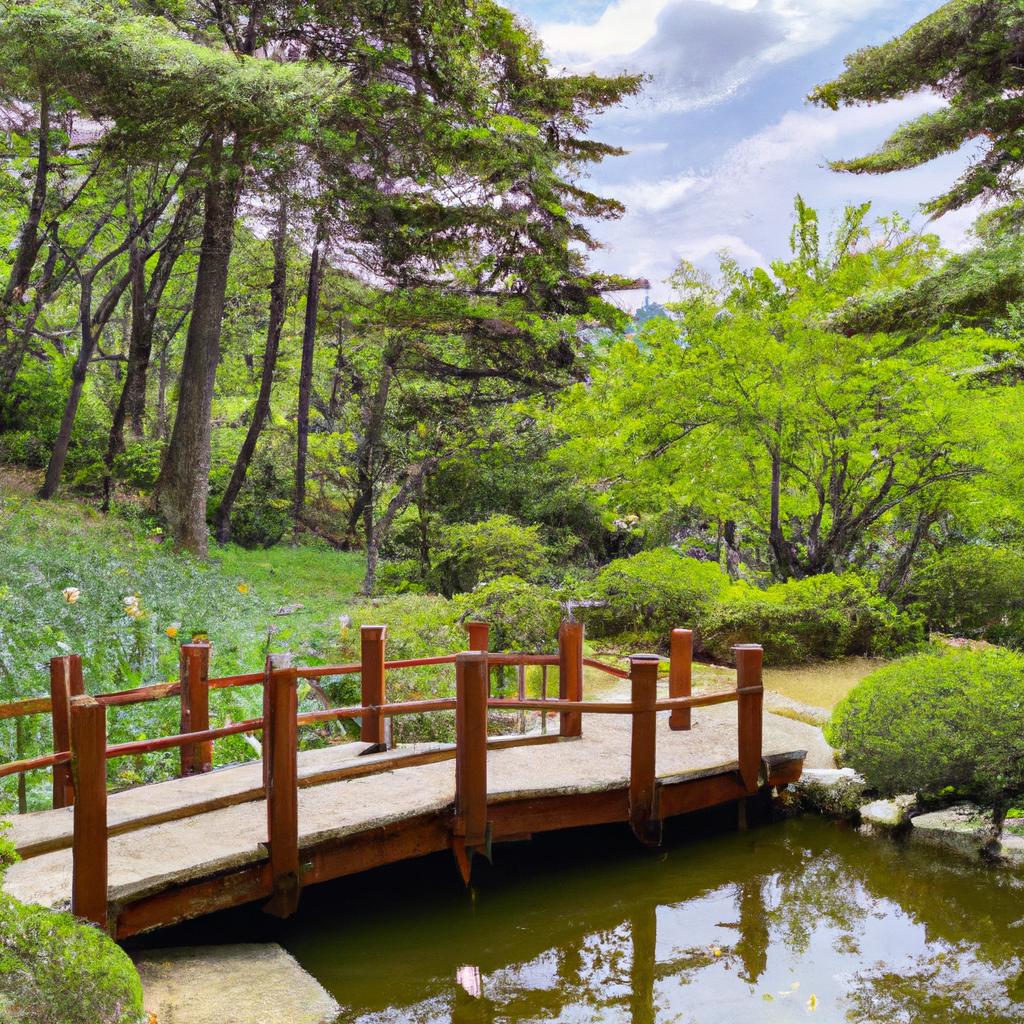If you’re yearning for an escape from the chaotic city life, garden parks offer the perfect solution. These outdoor spaces are meticulously designed to showcase a plethora of plants, trees, and flowers, creating a serene environment where you can unwind and reconnect with nature.
Exploring Different Types of Garden Parks
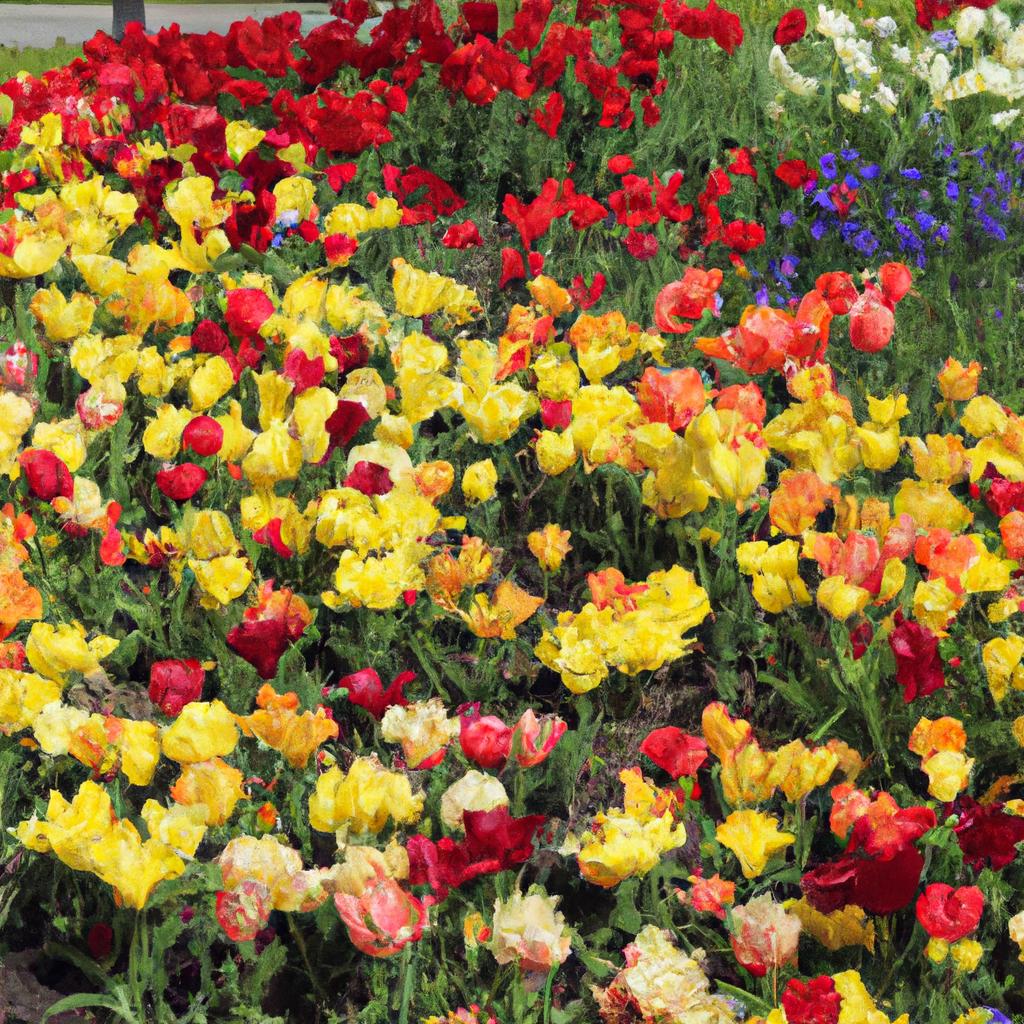
Garden parks come in various forms, each with its own unique features and attractions. Let’s take a closer look at some of these types:
Botanical Gardens
Botanical gardens are dedicated to exhibiting a wide variety of plants and trees sourced from around the world. They often focus on rare or exotic species, providing an excellent opportunity to learn about different plants and their habitats.
Rose Gardens
Roses are the epitome of beauty and elegance, and rose gardens are specifically designed to showcase their splendor. From classic red roses to more unconventional hues like pink and yellow, these gardens offer the perfect setting to admire and bask in the fragrance of these stunning flowers.
Japanese Gardens
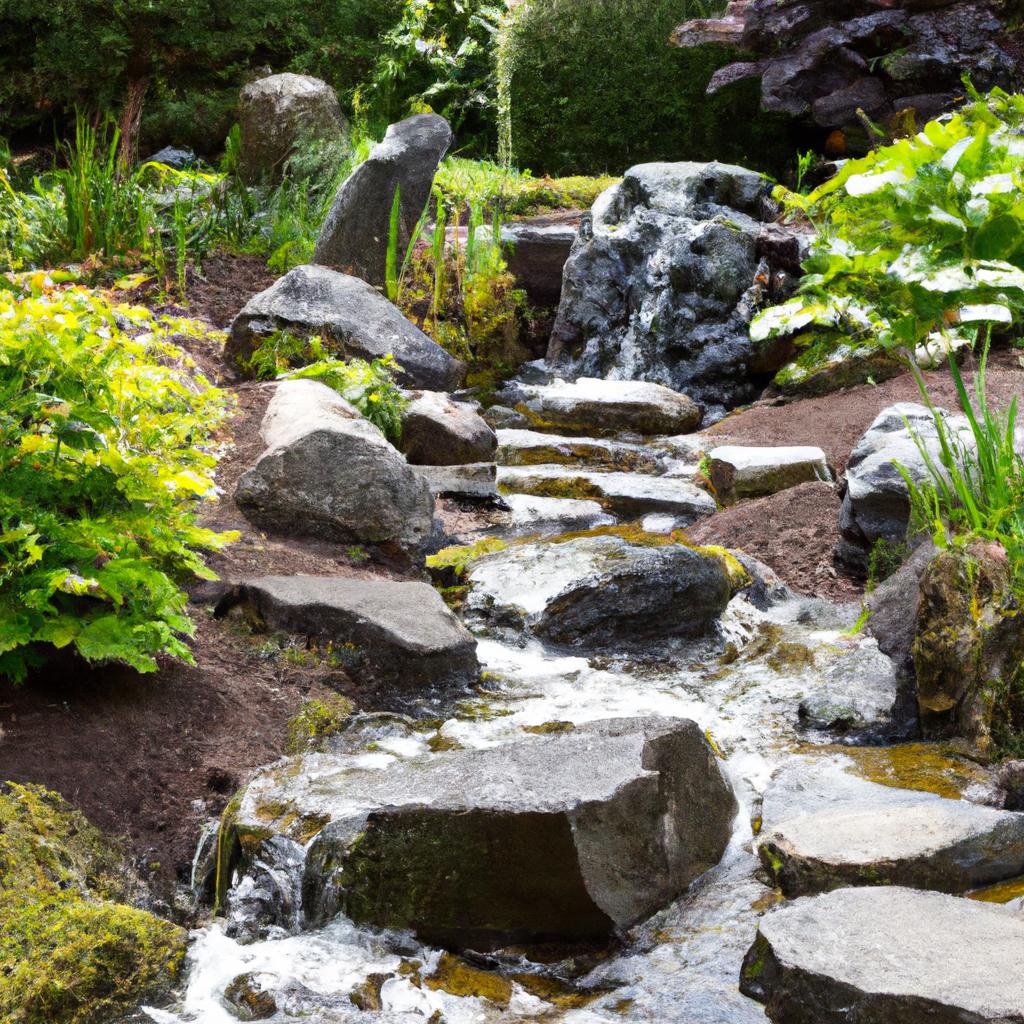
Japanese gardens, inspired by traditional design principles, embody simplicity, harmony, and balance. With features like rock gardens, koi ponds, and meticulously trimmed trees and bushes, they serve as a tranquil oasis where you can immerse yourself in the peacefulness of traditional Japanese gardens.
Community Gardens
Community gardens are tailored for local communities to come together and cultivate their own fruits, vegetables, and flowers. These gardens foster community engagement and provide access to fresh, healthy produce.
No matter which type of garden park you choose to visit, you’re bound to be captivated by the beauty and diversity of the natural world.
The Allure of Garden Park Features
Garden parks offer a range of features that make them the ideal spot to relax, unwind, and connect with nature. Here are some common features you can expect to find:
Trees and Plants

The heart of any garden park lies in the rich variety of trees and plants on display. From majestic trees to delicate flowers, these parks showcase a diverse array of species. The plants are often arranged in beautiful displays, making it easy to appreciate their natural beauty and diversity.
Water Features
Water features, such as fountains and ponds, enhance the tranquility of garden parks, creating a soothing atmosphere for visitors. They also serve as homes for aquatic animals and plants, promoting biodiversity within the park.
Walking Paths
Most garden parks boast well-maintained walking paths that allow visitors to leisurely explore the surroundings. These paths wind through different areas of the park, providing an opportunity to admire the various plants and features on display. Enjoy the beauty of nature while staying active with a relaxing stroll along these paths.
Seating Areas
To ensure maximum enjoyment, many garden parks provide strategically placed seating areas where visitors can relax and absorb the park’s beauty. Whether near water features or other points of interest, these comfortable vantage points offer a splendid view of the park’s wonders.
The Bounty of Benefits Found in Garden Parks
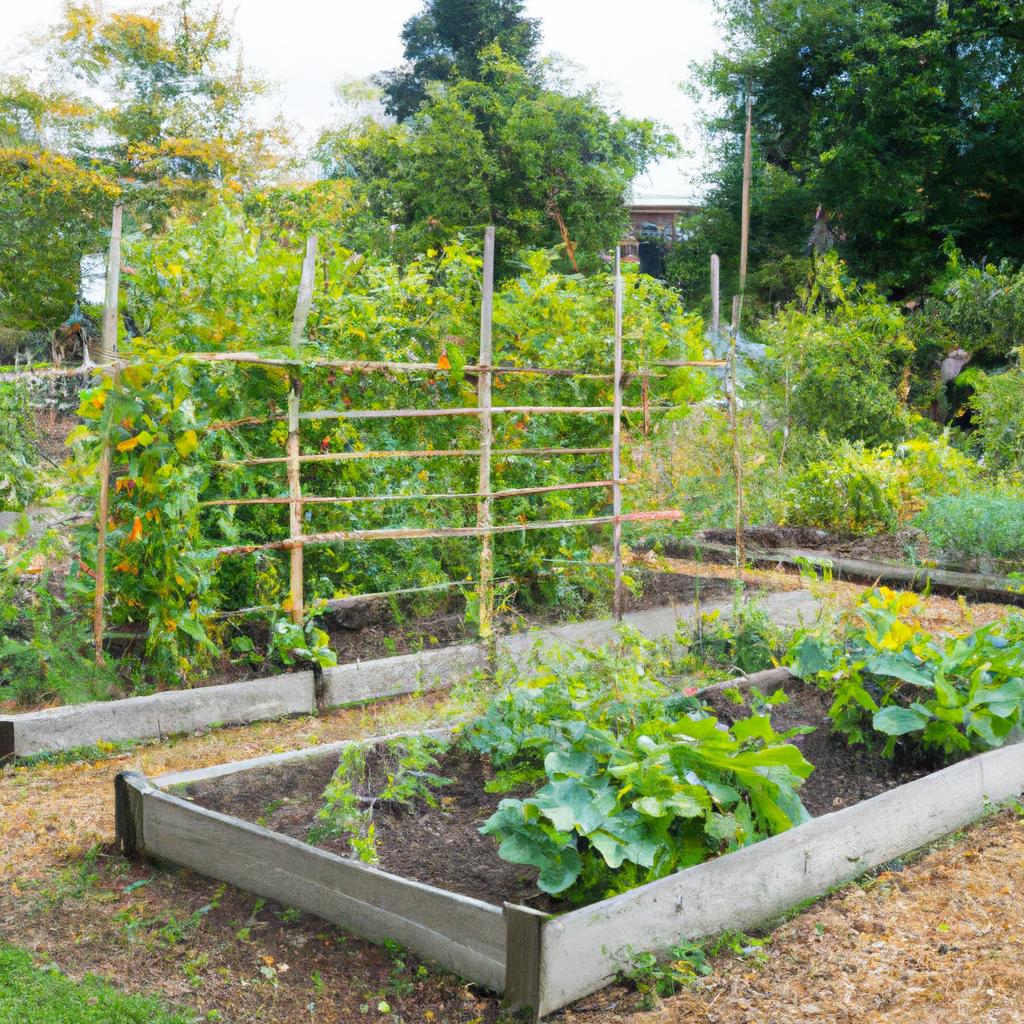
Garden parks not only delight the senses but also offer an array of benefits to visitors and the wider community. Let’s delve into some of these significant advantages:
Environmental Benefits
Garden parks serve as vital habitats for numerous plant and animal species, contributing to biodiversity and preserving local ecosystems. They also aid in reducing urban heat islands and mitigating the effects of air pollution, making them an essential component of any city’s environmental strategy.
Health Benefits
Immersing yourself in nature has been proven to have various health advantages, including stress reduction, mood improvement, and immune system enhancement. Garden parks offer an easily accessible way to reconnect with nature and reap these benefits.
Economic Benefits
Garden parks can significantly benefit local communities. They attract tourists and visitors, providing an economic boost to small businesses in the area. Additionally, they enhance property values and entice new residents, contributing to the economic development of the community.
Famous Garden Parks Around the World

The world is dotted with breathtaking garden parks, each offering a unique opportunity to experience the marvels and diversity of nature. Here are a few notable examples:
-
Central Park, New York City: This iconic park, nestled in the heart of Manhattan, boasts a wide variety of trees, flowers, and wildlife. It provides the perfect retreat from the city’s hustle and bustle, allowing visitors to immerse themselves in nature.
-
Keukenhof, Netherlands: Renowned for its stunning tulip fields, this park is a must-visit when the tulips are in full bloom during the spring. It has become one of the Netherlands’ most popular tourist attractions.
-
Kew Gardens, London: Home to rare and exotic plants from all corners of the globe, Kew Gardens also houses historic buildings, including the Palm House and the Temperate House.
-
Butchart Gardens, Canada: Situated on Vancouver Island, this exquisite garden park captivates visitors with its dazzling floral displays. From roses to dahlias and chrysanthemums, it showcases an array of plants and flowers.
Wherever you are, there’s likely a beautiful garden park nearby waiting to be explored and appreciated.
In Conclusion
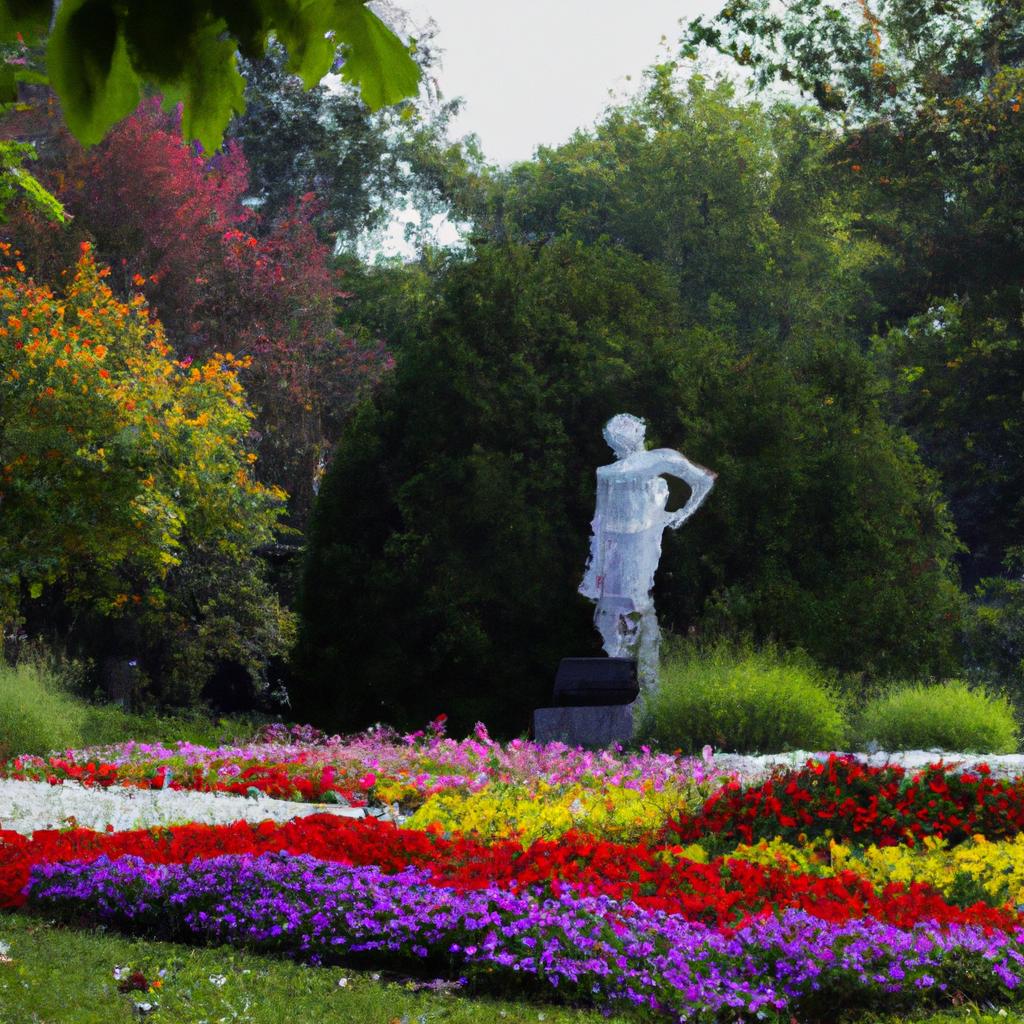
Garden parks play a crucial role in our environment, offering a myriad of benefits to individuals and the planet as a whole. They provide a tranquil environment for people to connect with nature, promote community engagement, and raise environmental awareness.
Whether you possess a green thumb or simply crave a respite from the stresses of everyday life, garden parks provide the perfect solution. So why not visit your local garden park today and immerse yourself in the beauty and diversity of nature? By supporting these parks, we all play a part in protecting and preserving our environment, ensuring future generations can revel in its wonders.
